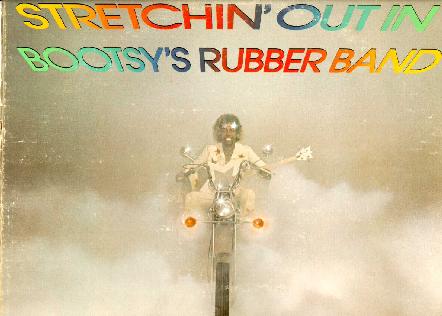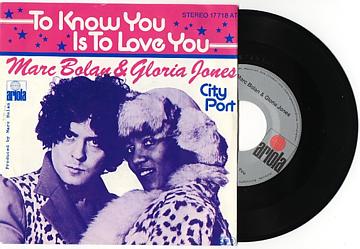
POSTER FROM THE FILM 'DARKTOWN STRUTTERS'

BOOTSY COLLINS of PARLIAMENT FUNKADELIC
EXCERT FROM THE CIVIL RIGHTS MOVEMENT SITE
1965 Bloody Sunday
Outraged over the killing of a demonstrator by a state trooper in Marion, Alabama, the black community of Marion decided to hold a march. Martin Luther King agreed to lead the marchers on Sunday, March 7, from Selma to Montgomery, the state capital, where they would appeal directly to governor Wallace to stop police brutality and call attention to their struggle for suffrage. When Governor Wallace refused to allow the march, Dr. King went to Washington to speak with President Johnson, delaying the demonstration until March 8. However, the people of Selma could not wait and they began the march on Sunday.
When the marchers reached the city line, they found a posse of state troopers waiting for them. As the demonstrators crossed the bridge leading out of Selma, they were ordered to disperse, but the troopers did not wait for their warning to be headed.
They immediately attacked the crowd of people who had bowed their heads in prayer.
Using tear gas and batons, the troopers chased the demonstrators to a black housing project, where they continued to beat the demonstrators as well as residents of the project who had not been at the march.
Bloody Sunday received national attention, and numerous marches were organized in response. Martin Luther King lead a march to the Selma bridge that Tuesday, during which one protestor was killed. Finally, with President Johnson's permission, Dr. King led a successful march from Selma to Montgomery on March, 25. President Johnson gave a rousing speech to congress concerning civil rights as a result of Bloody Sunday, and passed the Voting Rights Act within that same year.

GLORIA and MARC see our page on her from the homepage *